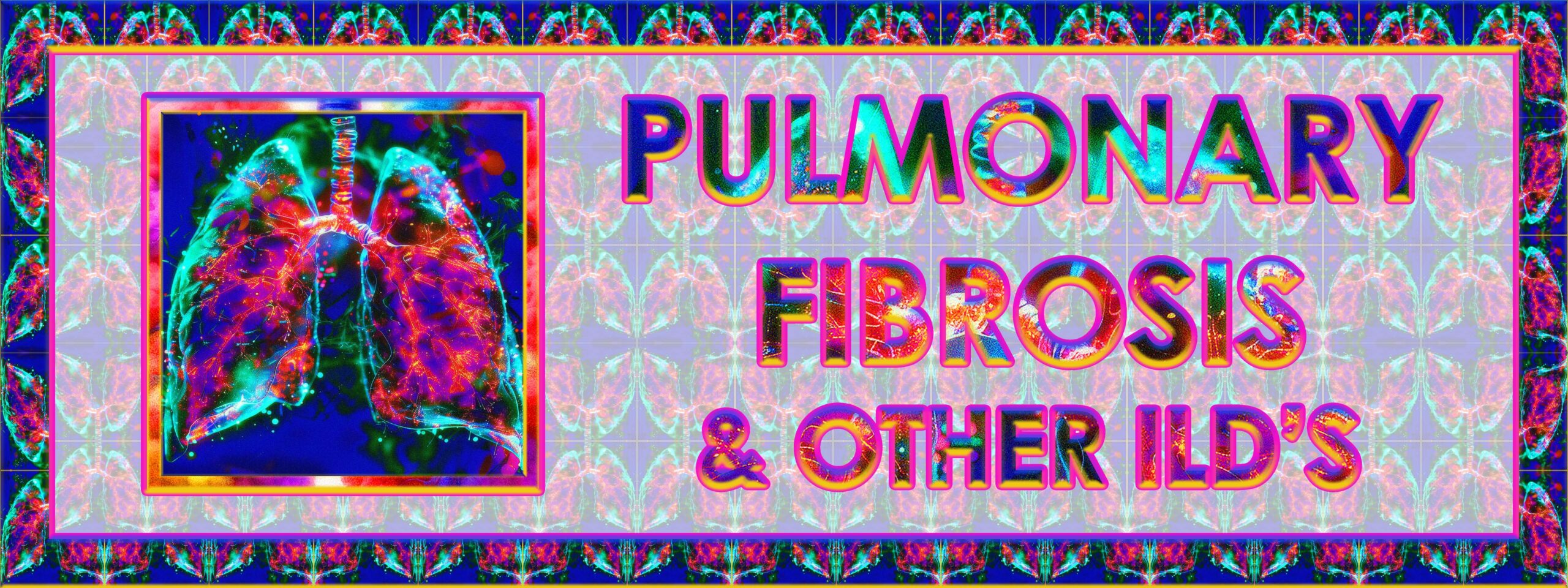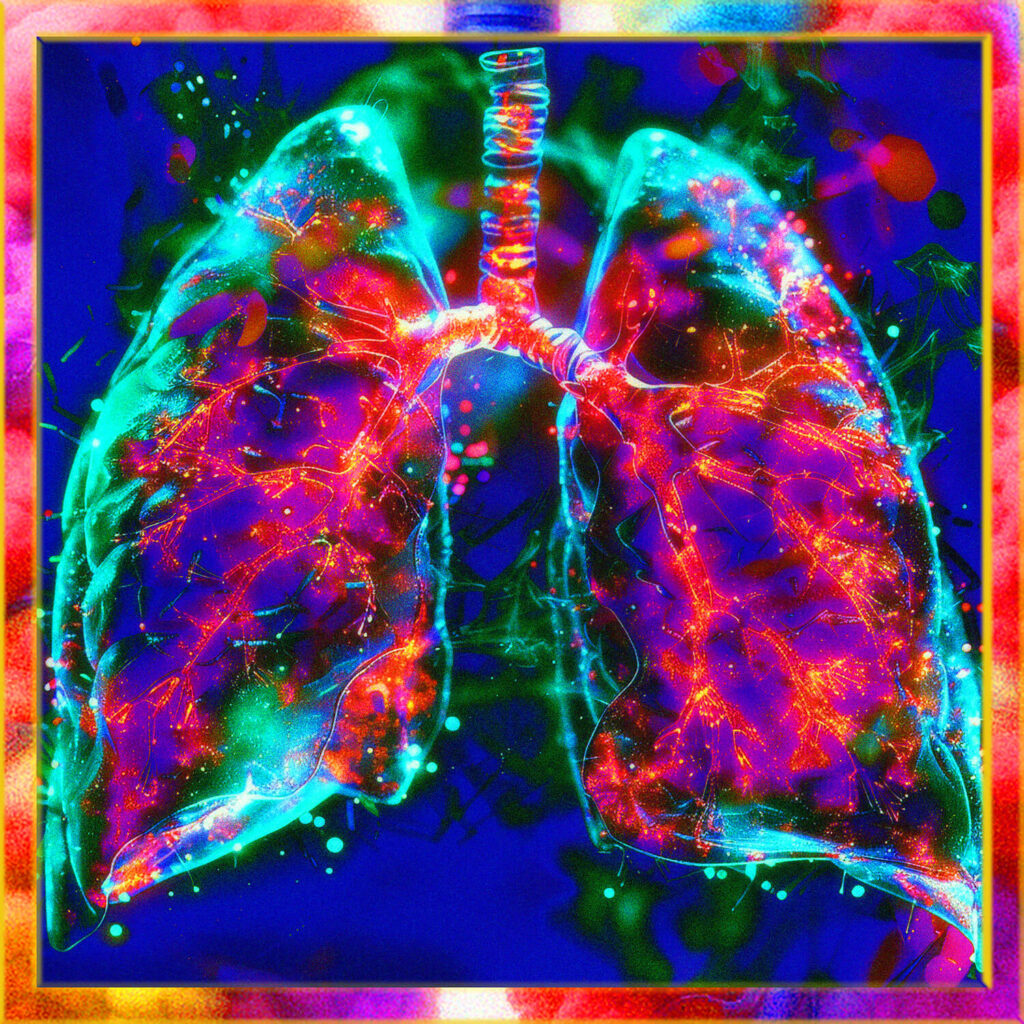Menu

The subject of Interstitial Lung Diseases (ILD’s) is an extremely complex topic, often even for clinicians, even for physicians, and even for many pulmonary specialists. So, it is no surprise that it is equally if not more difficult for patients and other laypeople.
To be clear, ILD is not one specific disease or diagnosis. Rather, ILD’s include a category or classification of diseases, that are grouped together because they have similar clinical, radiographic (X-ray or CT scan), and pathological mechanisms.

Lorem ipsum dolor sit amet, consectetur adipiscing elit. Ut elit tellus, luctus nec ullamcorper mattis, pulvinar dapibus leo.

Lorem ipsum dolor sit amet, consectetur adipiscing elit. Ut elit tellus, luctus nec ullamcorper mattis, pulvinar dapibus leo.

Lorem ipsum dolor sit amet, consectetur adipiscing elit. Ut elit tellus, luctus nec ullamcorper mattis, pulvinar dapibus leo.

If you take nothing else away from this material, please understand the following three points:
1) Early diagnosis and treatment are critical; especially since some of the ILD’s are noted to have a 3-5-year life expectancy from time of onset, although please don’t get hung up on those specific numbers since one, there is huge variability in these numbers and two, new treatments are being worked on all the time.
2) Getting a definitive diagnosis is critical to your care. One of the reasons for this is that some of the treatments used to treat some ILD’s have not only been proven ineffective in some; but can even be harmful in the case of other ILD’s, meaning that they can make the disease worse by speeding up its progression.
3) Having the right team, especially, a pulmonologist who specializes in ILD’s is also critical. ILD’s are serious and cannot afford to be handled by anything less than an expert. I would say “as serious as cancer”, but in many cases, ILD can be more serious in some cases, so only the best and the brightest will do.
